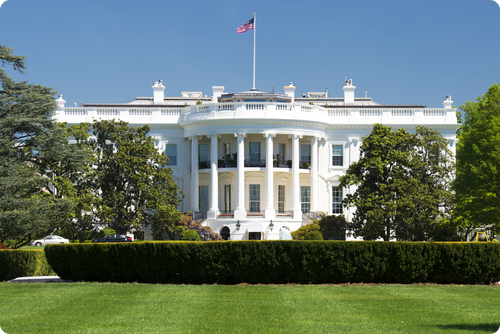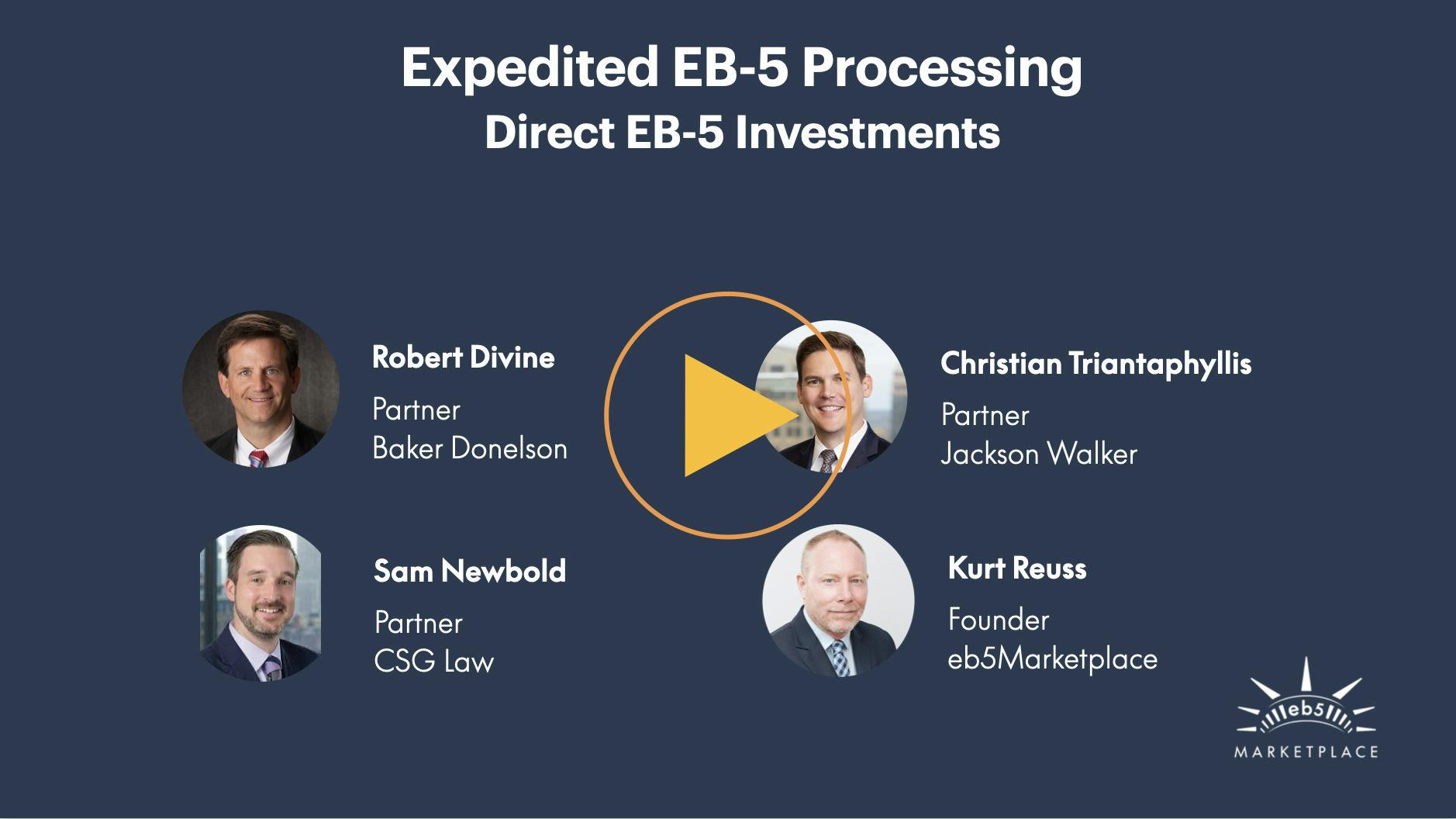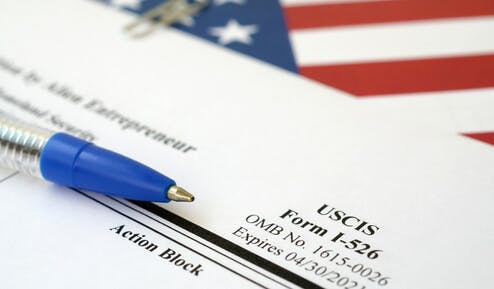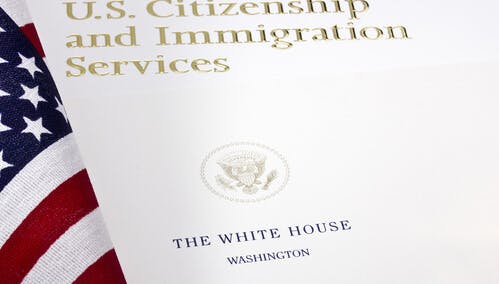Veteran EB-5 immigration lawyer Bernard Wolfsdorf says his firm has in the last couple months seen approvals for I-526 petitions filed in Q1 FY 2019. Doing the math of recent processing numbers and filings, he says it’s “realistic to guesstimate” that investors (from non-backlogged countries) in the next year or two could be looking at I-526 processing times of just one to two years.
Recent I-526 processing times have been just over two years
Bernard Wolfsdorf has been around in EB-5. He remembers clients complaining about six month wait times for their I-526 to be processed. Today, USCIS is posting 30 to 48.5 months to adjudicate the initial investor petition. Even though Immigration Service posted times are inflated compared with actual wait times, most lawyers and stakeholders estimate that the typical processing time is around two years.
Why future processing times should improve
His firm, WR Immigration, has seen clients who filed their I-526 in Q1 of FY 2019 (October through December of 2018) get their approvals in the last couple months, a little over two years later. Given that about half of that period was severely impacted by COVID-19 and the U.S. is doing very well with vaccinations and getting business back on the track to normalcy, one would suspect that future I-526 processing times should improve.
Wolfsdorf shares this belief. And it’s not simply based on the new Biden Administration, or a new Department of Homeland Security secretary that knows and supports EB-5; the immigration lawyer looks to the recent numbers to support this line of thought.
In Q1 2021 (October to December of calendar year 2020), USCIS processed 1,123 I-526 applications; it had processed 1,1,40 in the quarter prior. These two quarters represent the most robust processing the Immigration Service has had since the end of calendar year 2018. These numbers project to about 4,500 petitions adjudicated in a year — if all things remain the same, and most pundits feel that both business and immigration in the U.S. should improve going forward.
Wolfsdorf says that if new petition filing remains slow (numbers dropped substantially after the Modernization Rule raised the minimum investment amount 80%) and USCIS maintains its current pace, “all the remaining pending cases could be adjudicated within the next three years.”
And for new investors (from non-backlogged countries) who file in the next year or two, he thinks it’s reasonable to anticipate a waiting time of just a year or two. It’s not six months, but that should bring more smiles than complaints from his clients and most of us connected with the EB-5 program.
Read the Wolfsdorf blog









